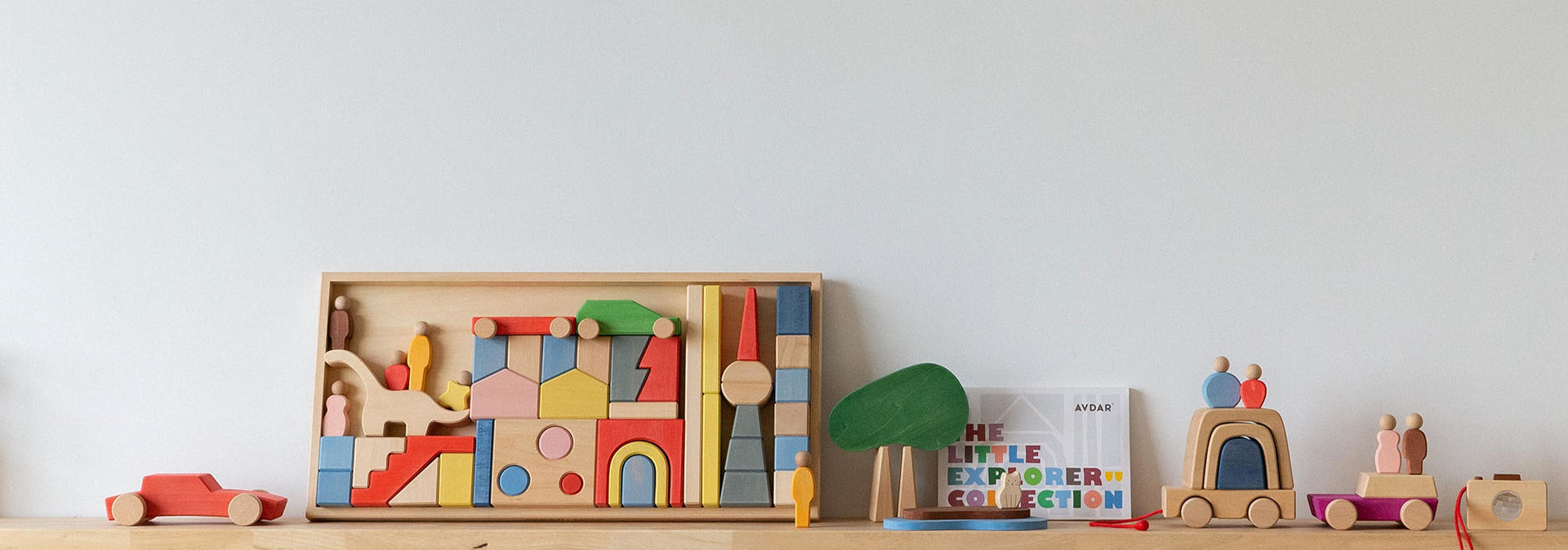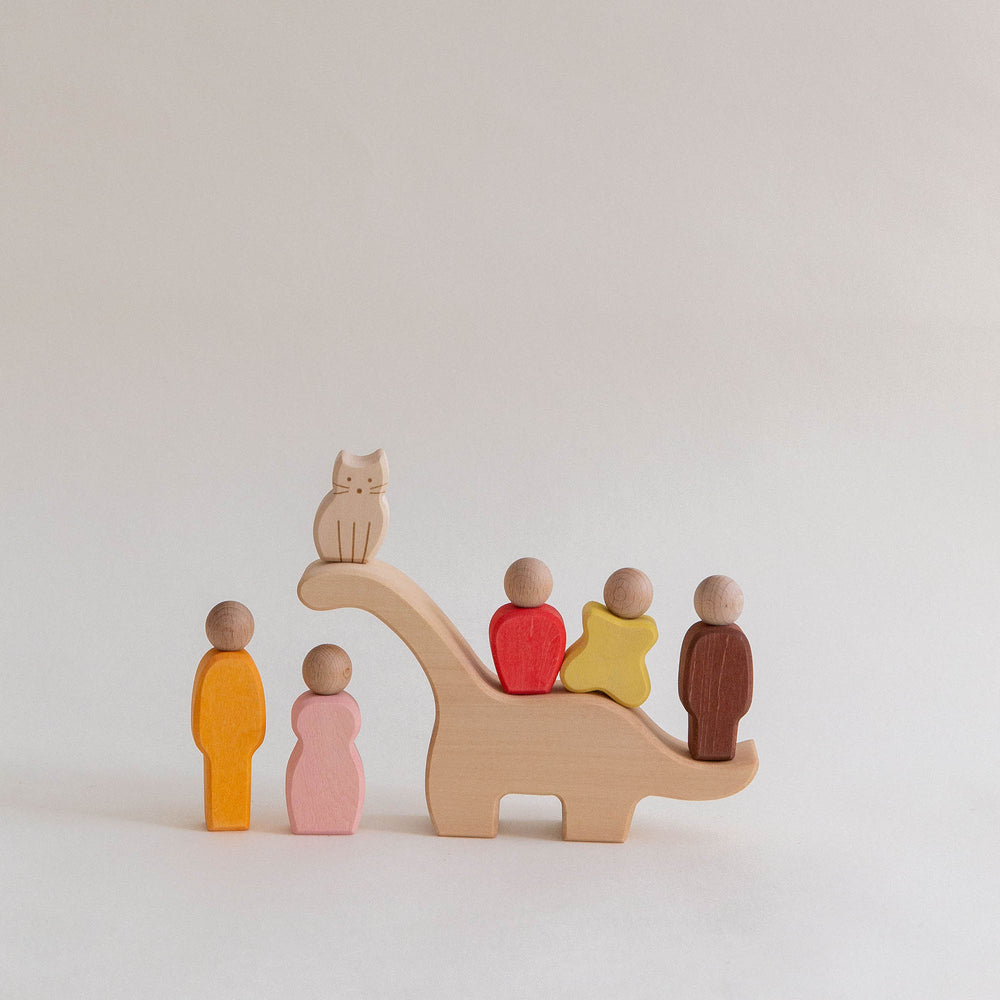About The Author

Avdar founder, mom of two, passionate traveler and storyteller. Curious by nature, I love exploring cultures, design, and the little details that make everyday life meaningful.

Becoming parents doesn’t mean putting your dreams of exploring the world on hold. Quite the opposite — traveling with kids opens up a whole new dimension of discovery. For children, every trip is a chance to grow: unfamiliar smells, bright colors, new flavors, the hum of a busy airport or the stillness of a forest trail — all of these impressions nurture their curiosity and adaptability.
Every time after a trip, I notice a new leap in our kids’ development. When they were babies,often led to new milestones like sitting or crawling. After our last journey, I was amazed to hear improvements in my 5-year-old daughter’s pronunciation. She had been struggling with certain sounds, but the change of environment and new experiences made a real difference.
Of course, traveling with little ones has its own rhythm. Sometimes it feels like you’re packing half the house into a suitcase, and sometimes you wonder if the journey will ever feel relaxing. In the moment, family travel can feel tiring, but later I always feel grateful for every single memory we created together. With a few simple strategies, the road becomes smoother, lighter, and filled with joy.
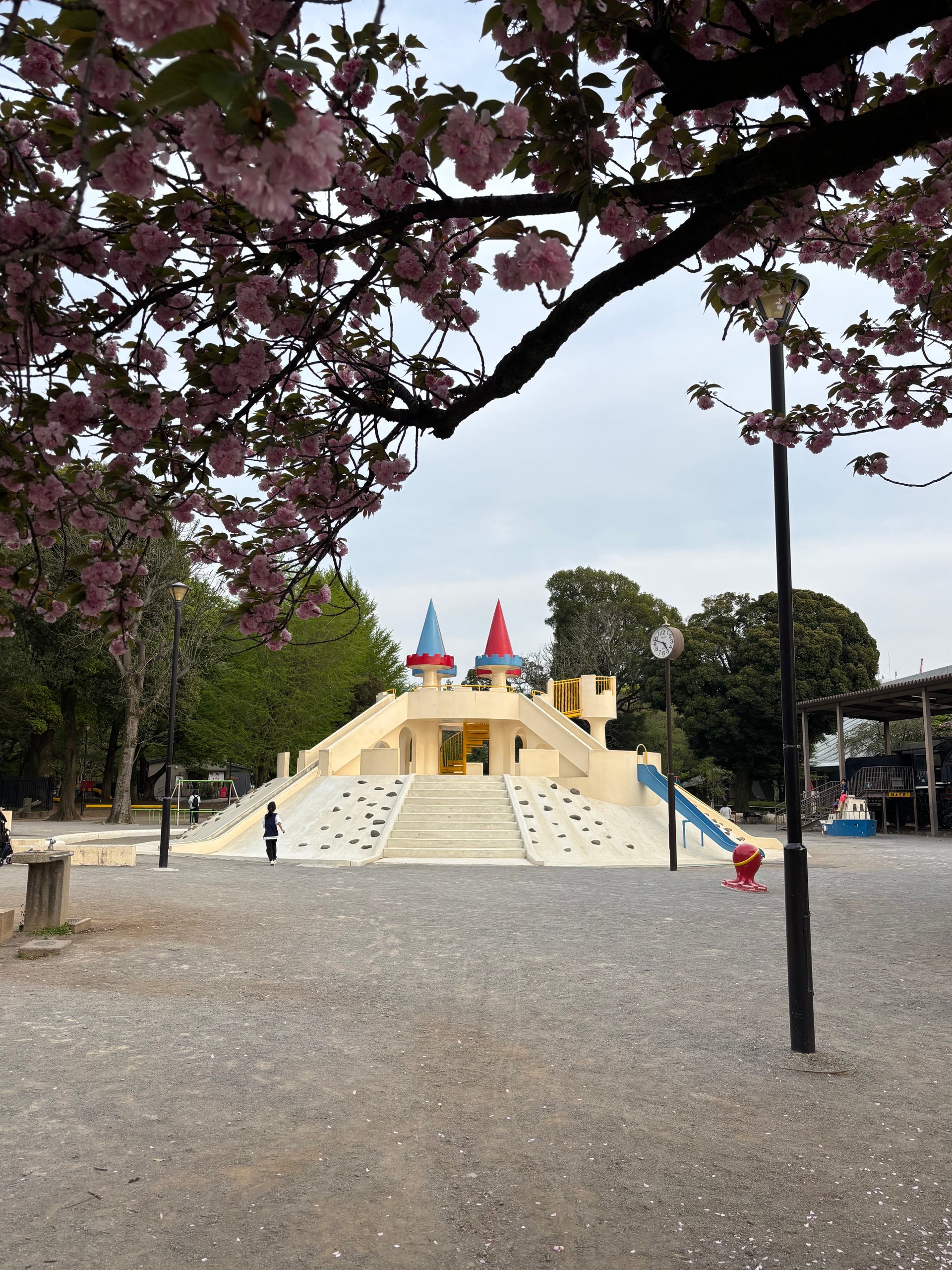
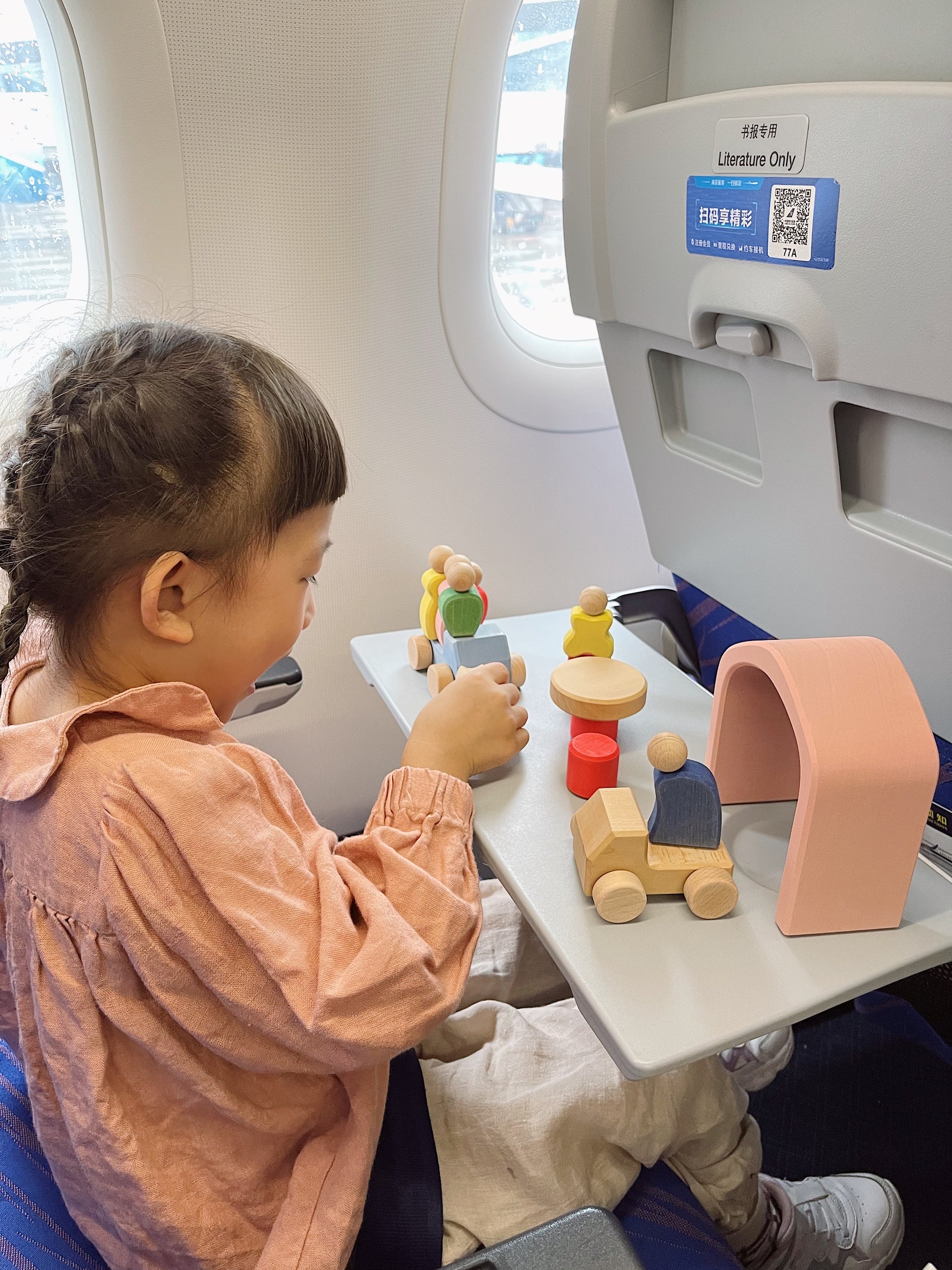
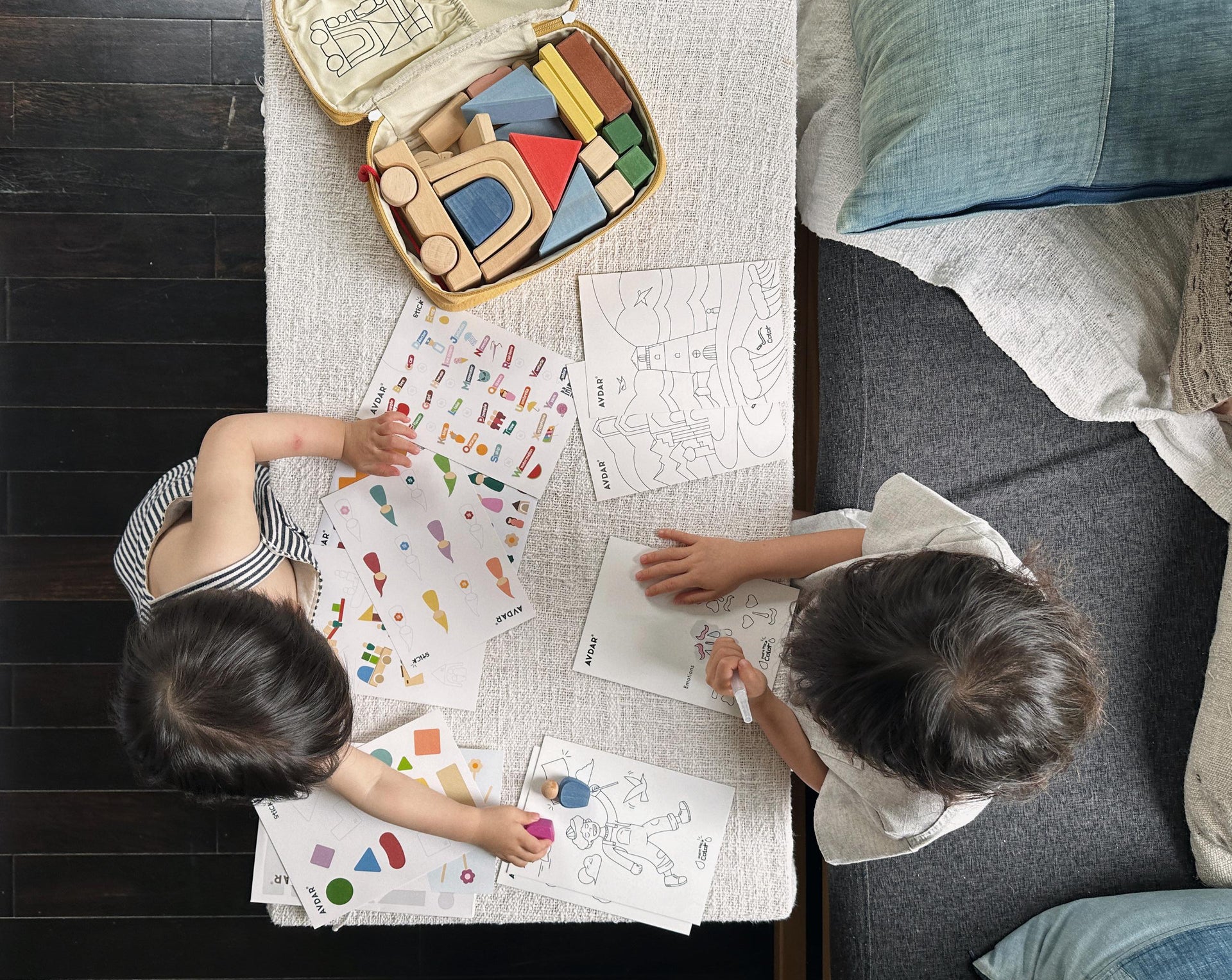
Plan with heart, not just with maps.
I always try to balance what excites us as adults and what delights our children. Kids love spontaneity — a sudden stop for ice cream, a cozy coffee shop, or a picnic by the road. Also one of my favorite part when planning is to look local authentic parks and playgrounds. Kids are endlessly fascinated by new playgrounds and it’s also a good opportunity to make new friends with local children, which might something very interesting. So a half-day at a playground becomes our rest day between busier adventures.
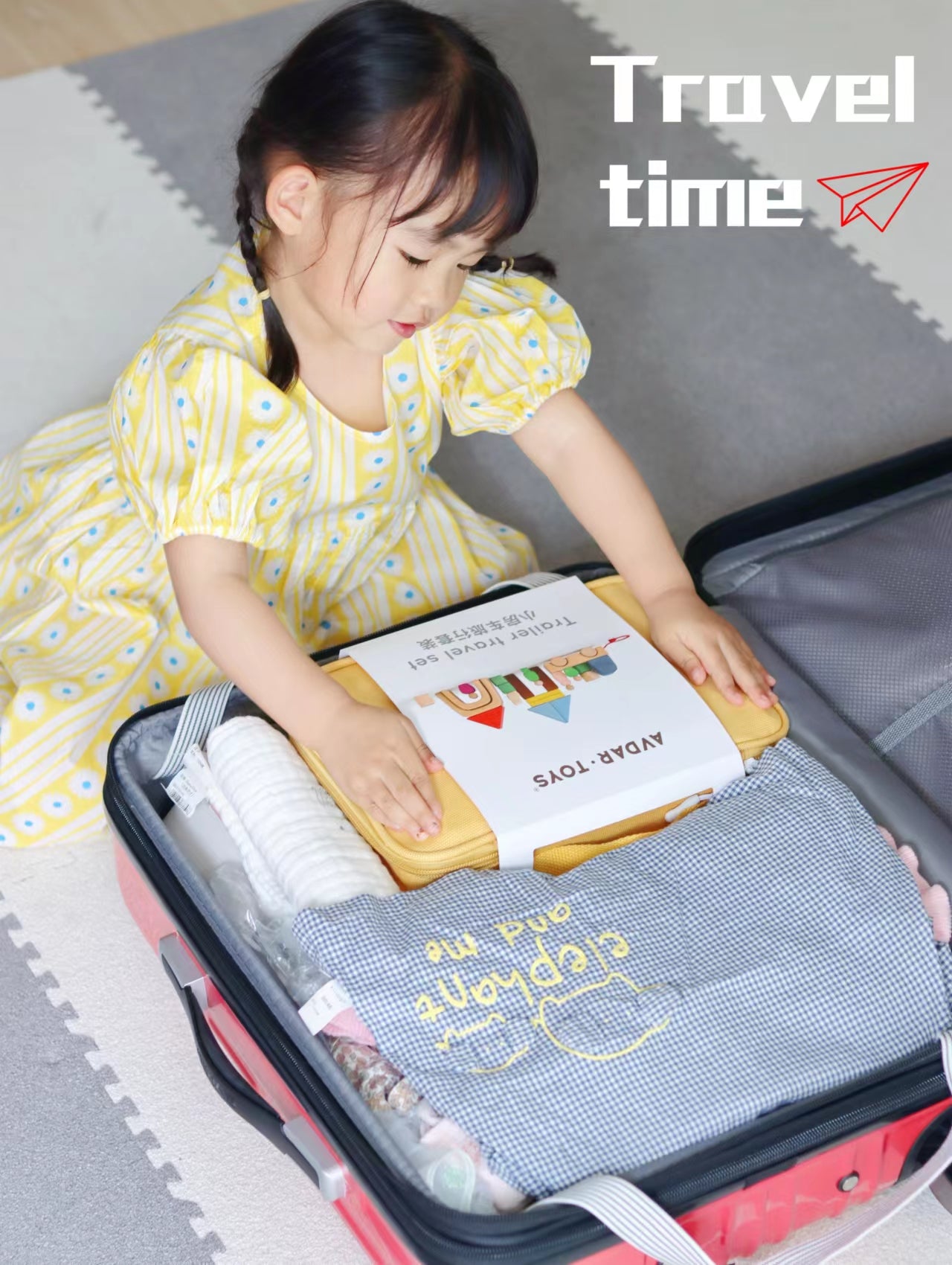
Flying with toddlers and young kids. Airplanes can feel intimidating: the noise, the ear pressure, the sense of being strapped in. A little “pretend play” at home helps — let them be the pilot or the steward. During takeoff, sipping water, breastfeeding, or even a sweet lollipop can ease discomfort.
Invite them into the adventure. Even letting them choose where to have dinner, or allowing older ones to pick a sight from the guidebook, turns them into participants rather than passengers.
Pack peace of mind. A small first aid kit can save you from stress in an unfamiliar town. I always take medicine for fever, stomach relief, and runny noses, plus a nasal spray and an electronic thermometer. If your child has experienced febrile seizures, like mine, this can be a real lifesaver.
Add a touch of surprise. The secret is timing. After the first 20–30 minutes of a flight or train ride, when the initial excitement fades, I pull out something new: stickers, puzzles, or a fresh toy. It feels like a gift in the middle of the journey.
Cooking with kids tips and ideas
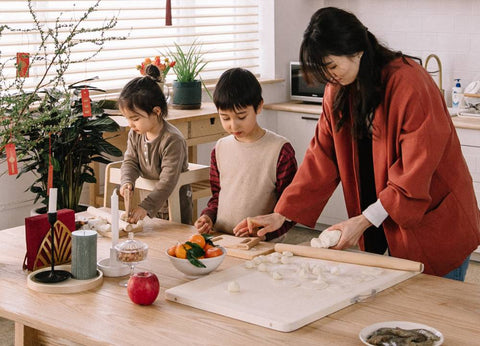
Involving kids in the cooking process helps them to develop healthy eating habits, acquire essential skills and strengthens family bonds.
We have prepared some tips on how to make this process more comfortable both for parents and kids:
Start with small tasks
At first actively comment what you are doing in the kitchen, paying attention to actions, smells and sounds. Then engage kids to simple activities like mixing and adding ingredients, gradually helping them build up their cooking skills.
Prepare the environment
Set up a kid-friendly space where they can easily access countertops and use age appropriate tools and utensils. For example consider using AVDAR Toddler Tower and Wooden Knife and Board Set for introducing cutting and chopping.
Use visual charts
Visual aids help kids focus, take initiative, remember the steps and reduce number of “when is it done?” questions. Visualize the recipe using a visual chat you create yourself, download one online or use a cookbook.
Let them decide
Choose a recipe together and let kids pick ingredients at the store. Be open to their creative cooking solutions and as they gain confidence, encourage them to cook simple recipes by themselves.
Let go of the mess
Cooking with kids is messy. Embrace it and let it be. Kids will be splashing, mixing and tasting and it’s a wonderful sensory experience for them.
There are many ways kids can get involved in the cooking process from early ages. Being involved not only keeps them busy, but teaches basics for cooking, allowing them to train hand-eye coordination and to improve interhemispheric interaction. Interhemispheric interaction improves when we use both hands to do an activity.
Here is a list of ideas for simple activities in the kitchen that even small babies can do.
1️、 Use children scissors to cut the lettuce, or simply brake it with both hands.
2️、 Make the dough for simple cookies: mix oatmeal and banana, then bake at 180 degrees for 20 minutes.
3️、 Take out parts of berries such as strawberries or cherries.
4️、 From around the age of 2, children can use a safe knife to cut fruits and vegetables. You can start with something soft like bananas or strawberries.
5️、 Put fruits and vegetables on skewers.
6️、 Mix salad, dough and cereal.
7️、 Wash fruits and vegetables.
8️、 Pour a drink into a glass.
9️、 Wipe the table and clean up the crumbs.
10、 Put ice cream in a glass.
Share your cooking experience with kids and remember to tag our Instagram account @avdar.co.



